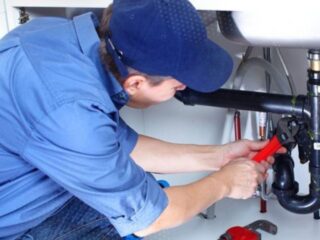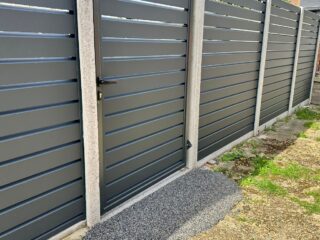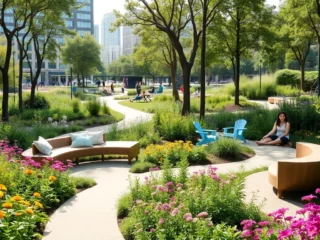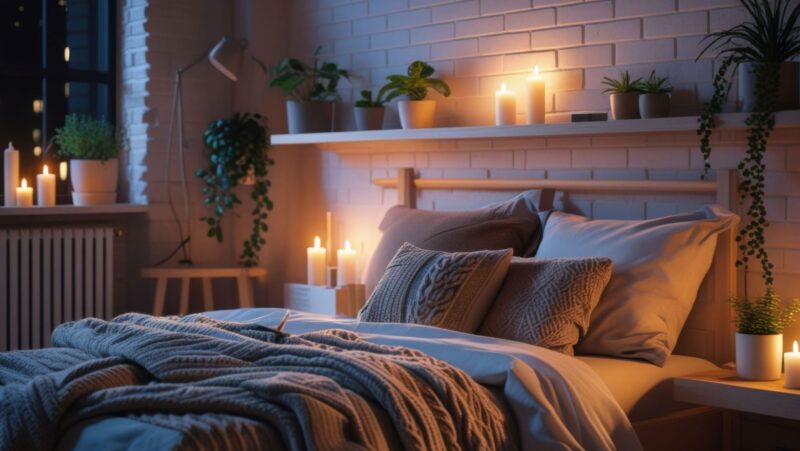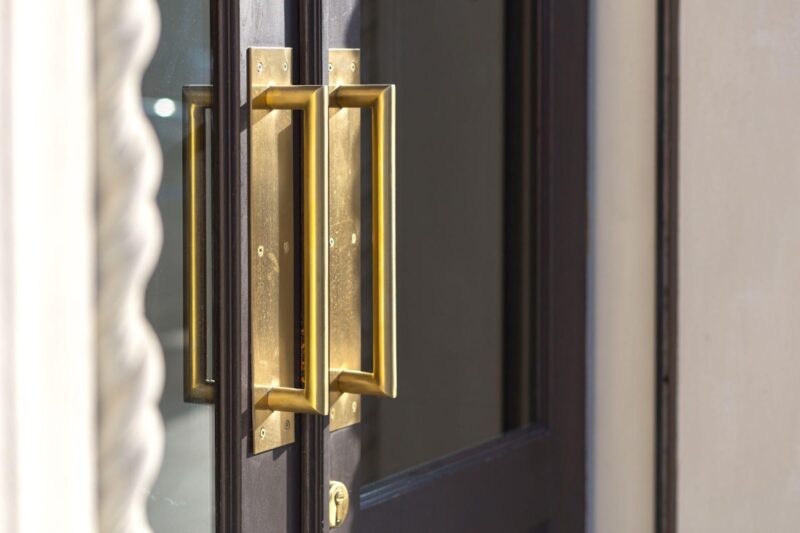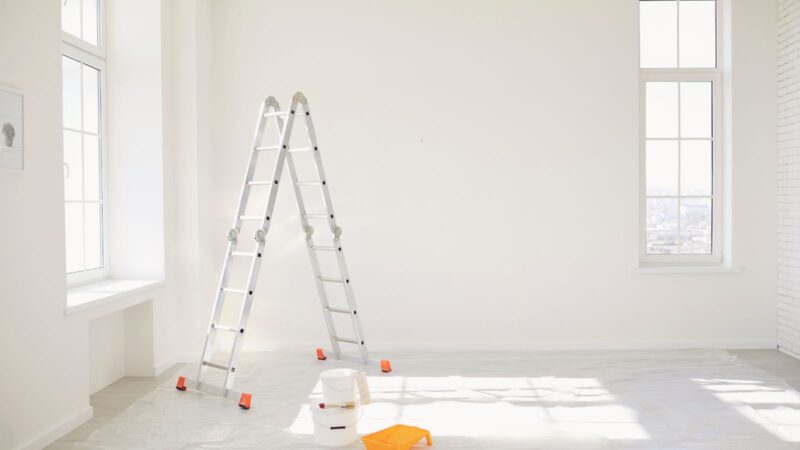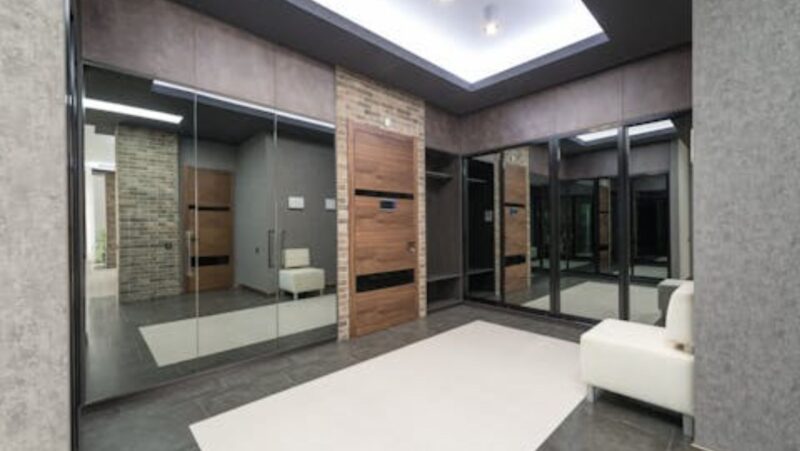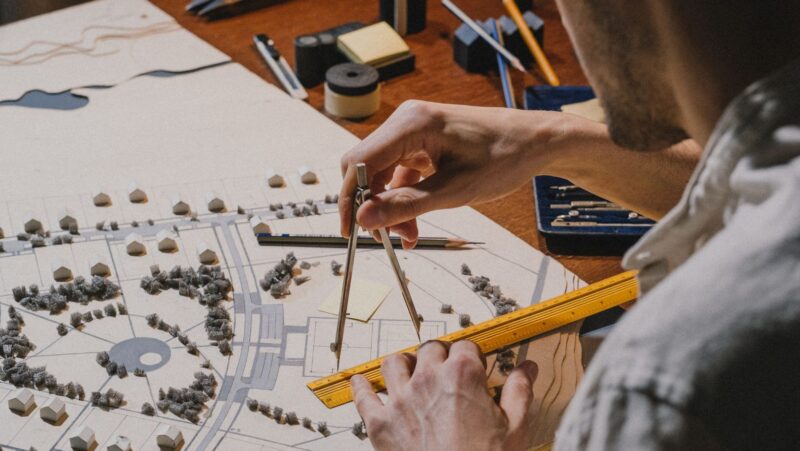
Metal carports are no longer just practical shelters for vehicles. With the right planning and design approach, they can become a stylish extension of a home. Contemporary homes focus on clean lines, minimalism, and smart use of materials. A metal carport can match these ideas while also providing long-lasting function. When done thoughtfully, it can even increase a property’s value.
Match the Carport Style to the Home’s Architecture
The first step is to make sure the carport doesn’t look out of place. For a modern home, the carport should reflect similar architectural features. This might include flat roofs, straight edges, or a combination of metal with wood or glass accents. Choosing a carport with a sleek frame and neutral color will help it blend with the rest of the home.
For example, a home with large glass windows and dark trim might pair well with a black or charcoal metal carport. This creates a unified look that feels intentional rather than added on. Using similar color tones and materials can help maintain visual consistency. Homeowners looking for both space and style may want to consider a 2 car metal carport that complements contemporary house designs. These models offer room for multiple vehicles while maintaining a clean and modern appearance.
Consider Placement and Flow
Where the carport is positioned matters just as much as how it looks. It should connect naturally with the home’s layout and not block important sightlines or entrances. Carports attached to the side of a house tend to feel more integrated, especially when they share roofing or wall panels with the main structure.
For freestanding designs, placing the custom carport near the driveway entrance can create a welcoming arrival point. Including a walkway or covered path from the carport to the front door keeps the design practical and polished. Proper placement makes daily use easier while supporting the overall flow of the exterior design.
Use the Carport as a Design Element
A carport feature can serve as more than just a cover for vehicles. In modern homes, it can become a striking but durable design feature. Open-sided metal frames with sharp angles can add architectural interest. Lighting built into the metal structure or creative shadow patterns from perforated metal can boost visual appeal.
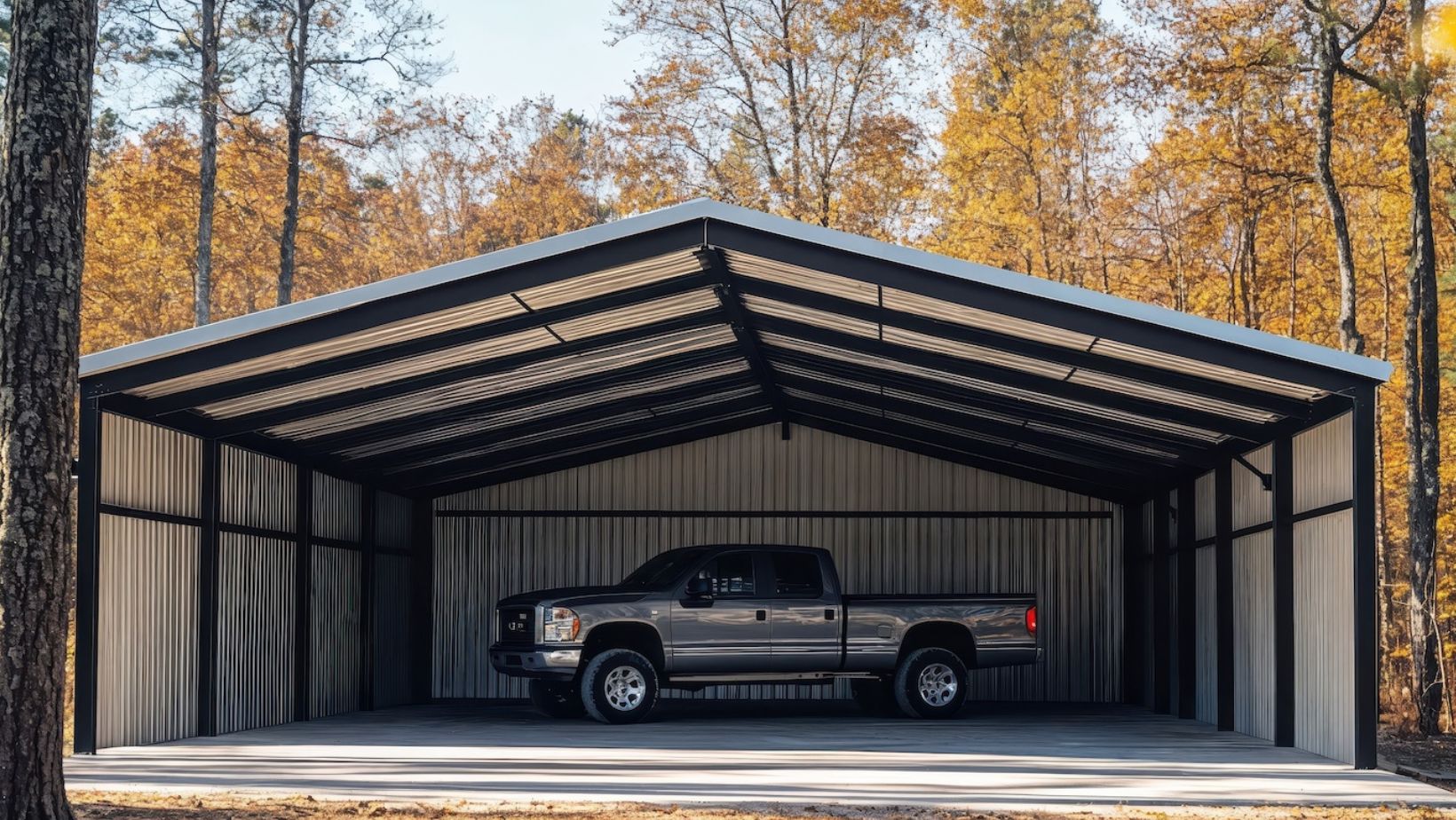
Some homeowners take this even further by turning part of the carport into an outdoor lounge or storage area. This approach turns the space into something useful for more than just parking. With weather-resistant furniture or storage cabinets, the carport can be both stylish and functional.
Choose Materials That Balance Durability and Design
Metal carports are often made of steel or aluminum. These materials offer strength and long-term durability, which are essential for outdoor use. But they also come in a wide range of finishes. Brushed or matte metal surfaces often suit modern homes better than glossy or painted options.
To soften the industrial look, consider combining metal with wood trim or stone elements. This contrast brings warmth and texture without losing the clean lines typical of contemporary architecture. The result feels more welcoming while staying true to modern design principles.
Think About Weather Protection and Sustainability
Besides style, a custom steel carport must protect vehicles from the elements. Adding side panels or using thicker gauge metal can offer better protection from wind and rain. For homes in sunny areas, a carport with a reflective roof style can reduce heat buildup.
Sustainability is another important point in modern design. Some carports come with solar panel options that generate clean energy. Others use recycled materials or coatings that extend the life of the structure. These additions not only improve performance but also align with eco-conscious living.
Add Lighting for Function and Ambiance
Lighting plays a big role in how a carport looks and works. Built-in LED strips, motion-activated lights, or recessed fixtures can provide enough visibility at night while adding a modern touch.

Accent lights can also highlight the carport’s structure and tie it into the overall home design.
Good lighting can make the space safer while improving curb appeal. It also allows the carport to serve other uses after dark, like hosting outdoor gatherings or unloading items from the car in low light.
Customize for Personal Needs
Contemporary homes often reflect the unique needs of their owners. A carport can do the same. Some homeowners include enclosed storage rooms within the structure for tools or bikes. Others add electrical outlets for charging electric vehicles.
These small upgrades make the space more useful without changing its overall look. Customizing the carport ensures it meets daily needs while maintaining a sleek, modern appearance.
Conclusion
Incorporating a metal carport into a contemporary home design takes thoughtful planning. The key is to treat it as part of the home, not an afterthought. Matching architectural style, choosing the finest materials, and placing it wisely can help it blend in beautifully. A modern carport should serve both form and function. With the right details, it can add value, convenience, and visual appeal to any property.



